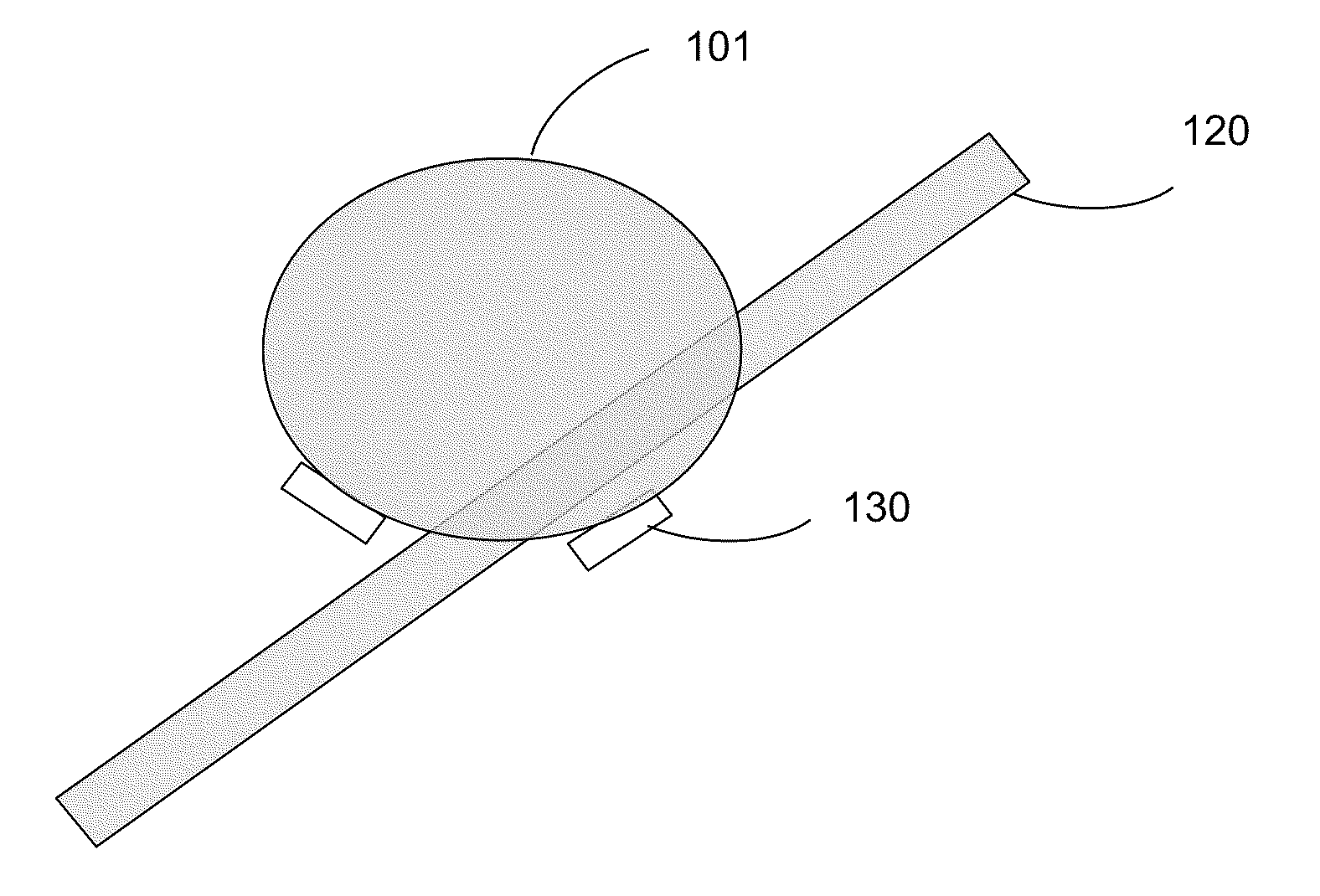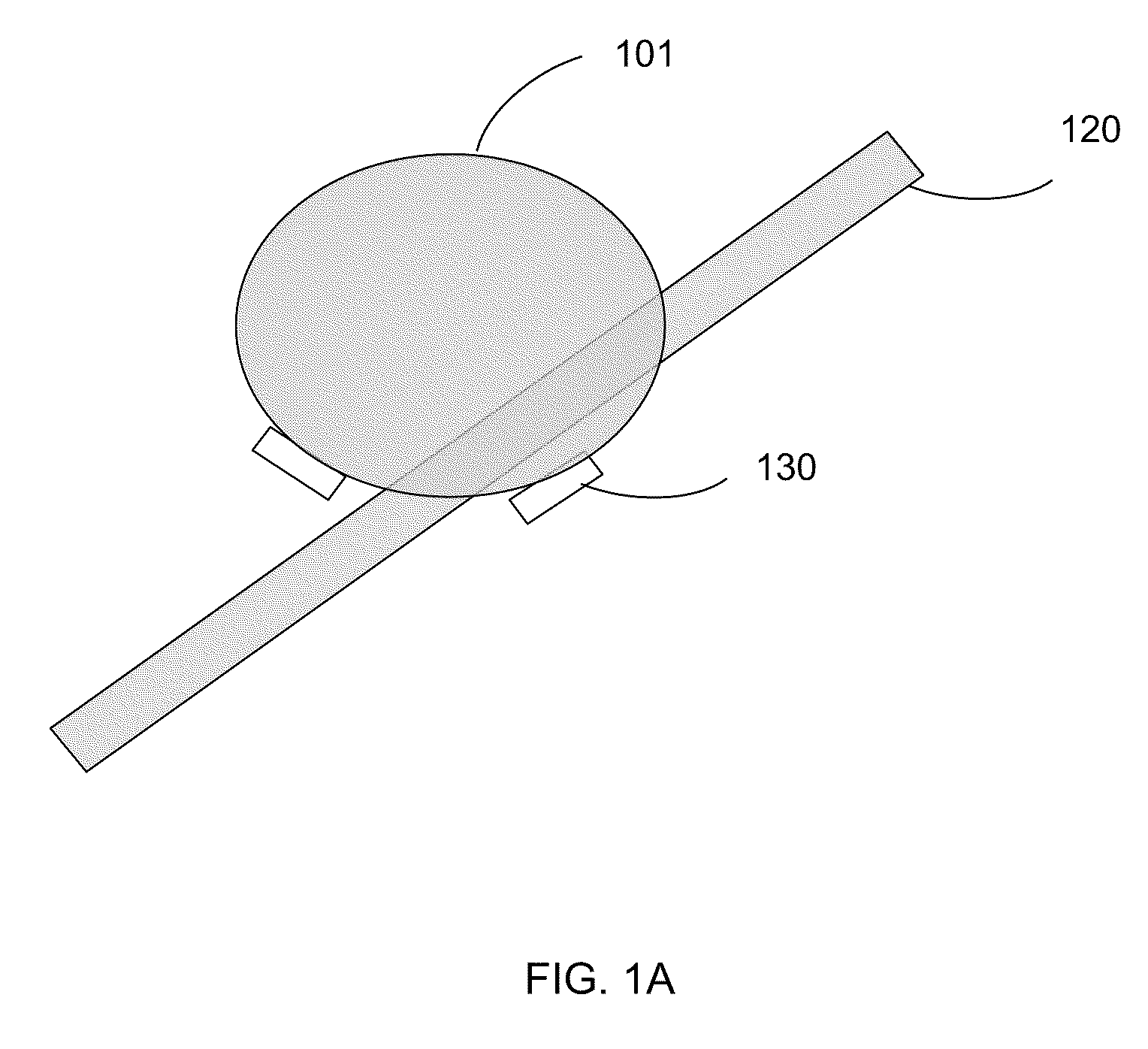Composition and method for nucleic acid sequencing
a nucleic acid and method technology, applied in the field of nucleic acid sequencing, can solve the problems of poor dna solubility and ultimately compromised approach, and achieve the effects of increasing the processivity index, improving the processivity index of polymerases, and more efficient nucleic acid sequencing
- Summary
- Abstract
- Description
- Claims
- Application Information
AI Technical Summary
Benefits of technology
Problems solved by technology
Method used
Image
Examples
example 1
Introduce a Unique Cysteine on the Protein Surface for Attaching a Fluorophore
[0140]A unique cysteine amino acid is placed on the surface of Therminator polymerase to attach the fluorescent probe. This is accomplished by site-directed mutation of the Therminator gene in two steps. First, the single native surface-exposed cysteine, C223, is eliminated by mutation to serine, resulting in the mutant C223S. Mutant C223S has no surface-exposed cysteines. Next, a new cysteine is uniquely placed on the protein surface by constructing the mutant E554C. The new cysteine is located on the rim of a cleft in the protein, near the location of a quencher on a bound nucleotide. The resulting mutant is C223S:E554C.
example 2
Add Histidine Patches to the Protein Surface Attaching Anchors
[0141]Two histidine patches are engineered onto the surface of the C223S:E554C Therminator protein by making the multiple mutations D50H:T55H:E189H:R196H:K229H. The resulting mutant, C223S:E554C:D50H:T55H:E189H:R196H:K229, is called “ThioHis”.
example 3
Circularization of Target DNA
[0142]Randomly-sheared fragments of genomic DNA is purified from the sample organism. The DNA is treated with T4 DNA polymerase to generate blunt ends and a single “A” nucleotide is added to the 3′-ends with Taq DNA polymerase and dATP. A mixture of two double-stranded oligonucleotide adaptors is ligated to the DNA fragments with T4 DNA ligase. See, FIGS. 3-5.
First adaptor:Biotin-CGCCACATTACACTTCCTAACACGTGCGGTGTAATGTGAAGGATTGTGCSecond adaptor:CAGTAGGTAGTCAAGGCTAGAGTCTGTCATCCATCAGTTCCGATCTCAGLigated DNA products:genomic DNA: lower caseadaptors: upper case, (p) 5′-phosphateitalicized: DNA strand recovered after elution at alkaline pHProduct 1Bio-CGCCACATTACACTTCCTAACACGTnnnnn...nnnnnaGACTCTAGCCTTGACTACCTACTGAAA-3′Product 2Bio-CGCCACATTACACTTCCTAACACGTnnnnn...nnnnnaCGTGTTAGGAAGTGTAATGTGGCG-3′3′-GCGGTGTAATGTGAAGGATTGTGCannnnn...nnnnnTGCACAATCCTTCACATTACACCGC-BioProduct 35′-pCAGTAGGTAGTCAAGGCTAGAGTCTnnnnn...nnnnnaGACTCTAGCCTTGACTACCTACTGAAA-3′3′-AAAGTCATCCATC...
PUM
| Property | Measurement | Unit |
|---|---|---|
| residence time | aaaaa | aaaaa |
| residence time | aaaaa | aaaaa |
| residence time | aaaaa | aaaaa |
Abstract
Description
Claims
Application Information
 Login to View More
Login to View More - R&D
- Intellectual Property
- Life Sciences
- Materials
- Tech Scout
- Unparalleled Data Quality
- Higher Quality Content
- 60% Fewer Hallucinations
Browse by: Latest US Patents, China's latest patents, Technical Efficacy Thesaurus, Application Domain, Technology Topic, Popular Technical Reports.
© 2025 PatSnap. All rights reserved.Legal|Privacy policy|Modern Slavery Act Transparency Statement|Sitemap|About US| Contact US: help@patsnap.com



